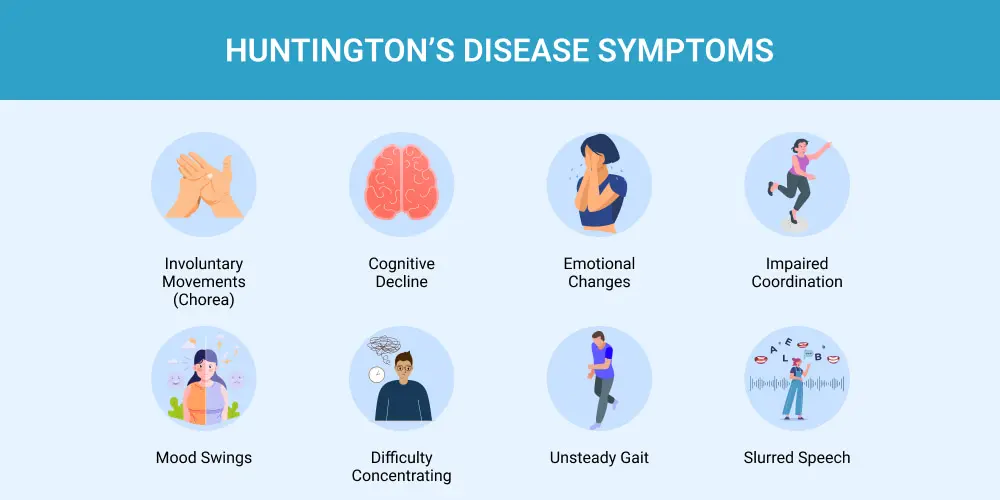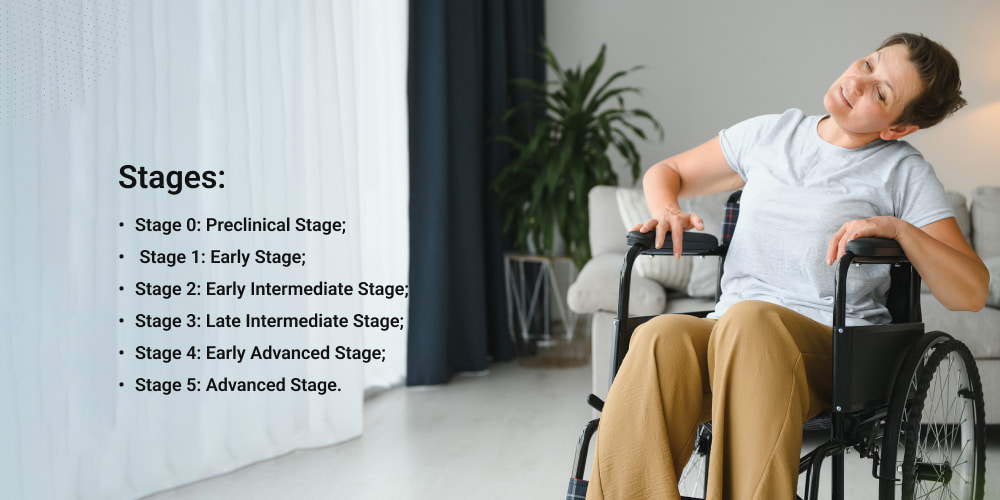Huntington's Disease: Beyond the Dance - A Story of Resilience and Hope Pengantar Dengan penuh semangat, mari kita telusuri topik menarik yang terka
Huntington’s Disease: Beyond the Dance – A Story of Resilience and Hope
Pengantar
Dengan penuh semangat, mari kita telusuri topik menarik yang terkait dengan Huntington’s Disease: Beyond the Dance – A Story of Resilience and Hope. Ayo kita merajut informasi yang menarik dan memberikan pandangan baru kepada pembaca.
Table of Content
Video tentang Huntington’s Disease: Beyond the Dance – A Story of Resilience and Hope
Huntington’s Disease: Beyond the Dance – A Story of Resilience and Hope

Huntington’s disease (HD) often conjures images of involuntary movements, a condition cruelly nicknamed "Huntington’s chorea" (chorea meaning "dance" in Greek). While the physical symptoms are a visible aspect of this inherited neurological disorder, HD is so much more than just a dance. It’s a complex, multi-faceted condition that impacts not only movement but also cognition, emotions, and the very essence of who a person is.
What Exactly Is Huntington’s Disease?
At its core, HD is a genetic disorder caused by a defect in a single gene – the huntingtin gene (HTT). Everyone has this gene, but in people with HD, it contains an abnormally long repeat of a DNA sequence called CAG. Think of it like a stutter in the genetic code. The more repeats, the higher the likelihood of developing HD and, often, the earlier the onset.
This faulty gene produces a mutated huntingtin protein that is toxic to brain cells, particularly those in the basal ganglia (responsible for movement control) and the cerebral cortex (involved in thinking, memory, and perception). Over time, these brain cells degenerate, leading to the hallmark symptoms of HD.
The Triad of Symptoms: Movement, Mind, and Mood
HD manifests differently in each individual, but it generally involves a combination of three categories of symptoms:
-
Movement Disorders: Chorea is the most recognizable symptom, but it’s not the only one. People with HD may also experience rigidity, slow movements (bradykinesia), dystonia (sustained muscle contractions), and problems with balance and coordination. These motor impairments can affect walking, talking, swallowing, and performing everyday tasks.
-
Cognitive Decline: HD doesn’t just affect the body; it also impacts the mind. Cognitive symptoms can include difficulties with:
- Executive Function: Planning, organizing, and making decisions become challenging.
- Memory: Remembering information and learning new things can be impaired.
- Attention: Focusing and staying on task becomes difficult.
- Processing Speed: Thinking and reacting quickly slows down.


Psychiatric Symptoms: HD can significantly affect a person’s emotional well-being. Common psychiatric symptoms include:
- Depression: Feelings of sadness, hopelessness, and loss of interest.
- Anxiety: Excessive worry and fear.
- Irritability: Increased frustration and anger.
- Obsessive-Compulsive Behaviors: Repetitive thoughts and actions.
- Apathy: Lack of motivation and interest in activities.

It’s important to remember that these symptoms can vary in severity and presentation from person to person. Some individuals may primarily experience movement problems, while others may struggle more with cognitive or psychiatric issues.
The Inheritance Pattern: A Family Affair
HD is an autosomal dominant disorder, meaning that if one parent has the faulty gene, there’s a 50% chance that each child will inherit it and develop the disease. This inheritance pattern can create a difficult situation for families, as individuals at risk may face the decision of whether or not to undergo genetic testing.
Living with Huntington’s Disease: Challenges and Triumphs
Living with HD presents numerous challenges, both for the affected individual and their loved ones. As the disease progresses, individuals may require assistance with daily activities, such as dressing, eating, and bathing. Communication can become difficult, and cognitive decline can impact relationships and social interactions.
However, despite these challenges, many people with HD live fulfilling lives. With the support of family, friends, and healthcare professionals, they can find ways to manage their symptoms, maintain their independence, and pursue their passions.
Hope for the Future: Research and Treatment
Currently, there is no cure for HD, but there are treatments available to manage the symptoms. Medications can help control chorea, depression, anxiety, and other psychiatric symptoms. Physical therapy, occupational therapy, and speech therapy can help improve movement, coordination, and communication.
Moreover, research into HD is advancing rapidly. Scientists are exploring various approaches to slow down or even prevent the progression of the disease, including:
- Gene Therapy: Aiming to correct the faulty huntingtin gene.
- Huntingtin-Lowering Therapies: Reducing the production of the toxic huntingtin protein.
- Neuroprotective Strategies: Protecting brain cells from damage.
These research efforts offer hope for a future where HD can be effectively treated or even cured.
Beyond the Medical: The Importance of Support
Living with HD is not just a medical challenge; it’s also an emotional and social one. Support groups, counseling, and other forms of psychosocial support can help individuals with HD and their families cope with the challenges of the disease, maintain their well-being, and find a sense of community.
Conclusion: A Call for Awareness and Empathy
Huntington’s disease is a devastating disorder, but it’s not a hopeless one. By raising awareness, supporting research, and providing compassionate care, we can make a difference in the lives of those affected by HD. Let’s move beyond the image of the "dance" and recognize the full complexity of this disease – the challenges, the triumphs, and the unwavering spirit of those who live with it every day.
Unique Elements in This Article:
- Focus on the "Beyond the Dance" Concept: Emphasizes that HD is much more than just the movement disorder.
- Emphasis on Resilience and Hope: Highlights the possibility of living a fulfilling life despite the challenges.
- Clear and Accessible Language: Avoids overly technical jargon, making it easy for a general audience to understand.
- Focus on the Triad of Symptoms: Gives equal weight to the cognitive and psychiatric aspects.
- Discussion of Research Advances: Provides hope for the future.
- Emphasis on Support: Underscores the importance of emotional and social support.
I hope this article is helpful and informative!

Penutup
Dengan demikian, kami berharap artikel ini telah memberikan wawasan yang berharga tentang Huntington’s Disease: Beyond the Dance – A Story of Resilience and Hope. Kami mengucapkan terima kasih atas waktu yang Anda luangkan untuk membaca artikel ini. Sampai jumpa di artikel kami selanjutnya!

COMMENTS